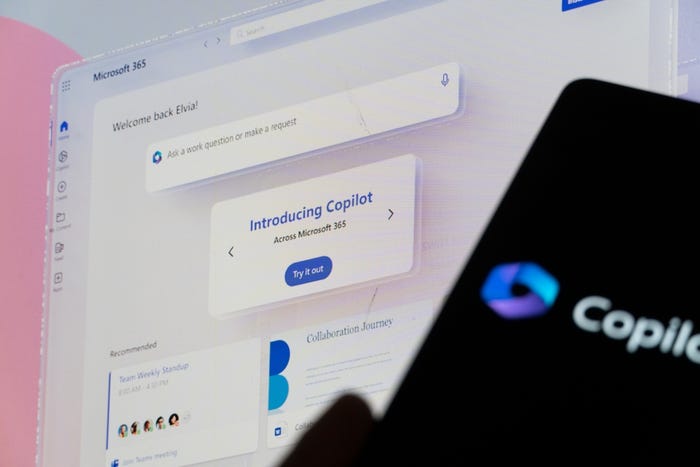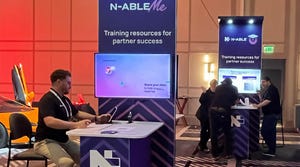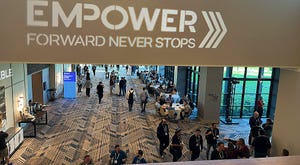Cloud Computing News & Updates
Welcome to our Cloud News & Updates page, designed for channel partners, advisors and tech vendors. Stay informed on the latest trends, services, and innovations in cloud technology. Explore breaking news, cloud market analysis and expert insights to empower your business and better serve your clients in the dynamic cloud computing landscape.
CF20: Top UCaaS providers 2024
Unified Communications/Contact Center
CF20: 2024's Top UCaaS Providers You Should KnowCF20: 2024's Top UCaaS Providers You Should Know
No provider can touch Microsoft's dominance in UCaaS, analysts tell Channel Futures for our latest CF20 list. Avaya, RingCentral and 8x8 also made the list. See who else did.








































